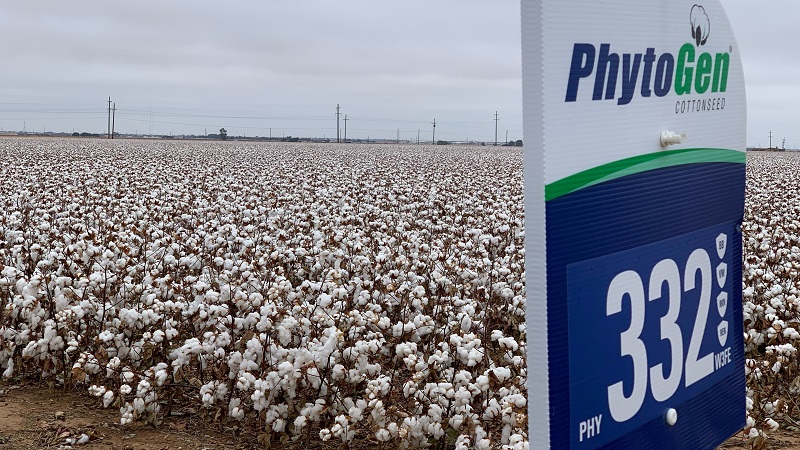Building Demand Bale by Bale
From Cotton Grower Magazine – April 2016. Third in a series on influences providing optimism for cotton’s future.
We all know about the stagnation of cotton prices. We all know that consumption numbers for cotton have declined. And we all know that there’s no quick fix for either problem.
But, a good deal of behind-the-scenes work by Cotton Incorporated is helping the U.S. industry – methodically – stake some new claims in apparel and other non-traditional markets.
“We’ve been watching declining retail sales for decades,” says Mark Messura, senior vice president, Global Supply Chains for Cotton Incorporated. “Out of every dollar that consumers spend, the share on clothing is getting smaller. Clothing has gotten cheaper, so consumer buying power is increasing. But more and more money is being spent on things like electronics, education, health care, and eating out.”
And when it comes to apparel and home goods, cotton continues to run head-on into its old nemesis polyester.
“When cotton went over $2 a pound, it scared the heck out of a lot of companies,” recalls Messura. “Some companies set up teams to find alternatives to cotton. We’re still living with the long-term effects. Cotton prices are horrible at the farm level, but, compared to polyester, we’re still expensive.”
Put simply, this is cotton’s greatest challenge. It may be the natural fiber, but it’s not the natural choice for manufacturers. That’s why Cotton Incorporated is working both the supply and demand sides of the market to increase interest in and usage of cotton.
They’re starting to make progress.
“The decisions on what fiber goes into clothing is typically made 18 to 24 months in advance of the time it appears in a store,” explains Messura. “When cotton prices shoot up, it’s not something that immediate resolves or changes. It can take two years or more for retailers to realized cotton is less expensive now and start putting more back in.”
Much of Cotton Incorporated’s emphasis now focuses on fabric performance, identifying new opportunities and industry marketing.
“We put a lot of emphasis on technologies,” says Messura. “Cotton is a natural fiber, so we have to do things with it to transform it chemically or mechanically into a fabric with performance features.”
To date, the track record for some of these technologies has been impressive and encouraging. Moisture moving technologies like TransDRY and sweat-hiding technology are helping grow cotton’s share in the athletic and athleisure markets. Liquid ammonia treated knits will allow cotton to compete on a more even playing field in women’s clothing – the largest share of the apparel fiber market, but the lowest share for cotton. And Storm Denim (aka, Storm Cotton) technology allows cotton to repel water without sacrificing the garment’s comfort and breathability.
The fastest growing category for fiber use comes from non-wovens – products like diapers and disposable wipes – and it’s been targeted as a huge opportunity for cotton. “We have to diversify our end uses for cotton, and we’re working hard to do it,” says Messura.
Cotton Incorporated is also continuing its role in technical support and market education for retailers and brands to help preserve cotton use in the market. Last year, the organization conducted 52 seminars around the world, reaching 1700 participants from more than 100 companies. Annual on-farm tours bring customers to the U.S. to see how cotton is grown, ginned and classed. And, continued participation in the Cotton LEADS program helps demonstrate how the industry is producing cotton responsibly and correctly.
“It’s all about informing our retailers and brands, because they’re going to choose cotton or something else,” adds Messura. “We’re asking them to commit to U.S. cotton and keep encouraging us to do the right thing.”










